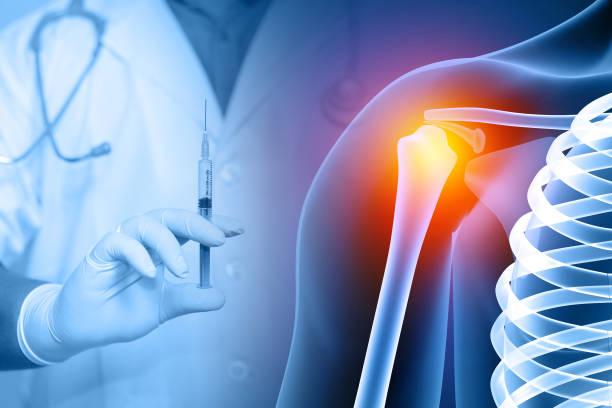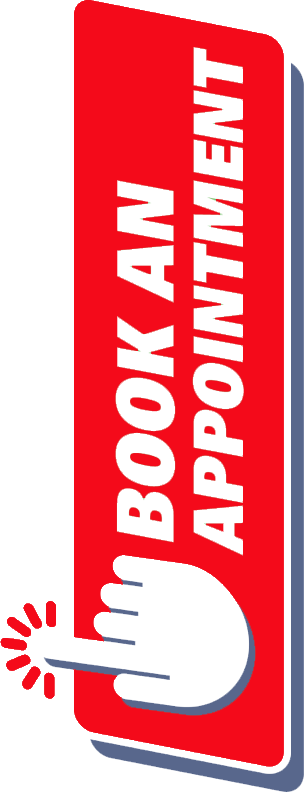Shoulder Arthroscopy
Shoulder Arthroscopy: Overview, Procedure, and Recovery
Shoulder arthroscopy is a minimally invasive surgical procedure used to diagnose and treat shoulder joint problems. A small camera (arthroscope) is inserted into the shoulder, allowing the surgeon to see inside the joint and perform repairs using small instruments.
Why is Shoulder Arthroscopy Done?
It is used to treat various shoulder conditions, including:
Rotator Cuff Tears – Repairing torn tendons.
Labral Tears (SLAP Tears, Bankart Lesions) – Repairing cartilage damage.
Shoulder Impingement Syndrome – Removing inflamed tissue or bone spurs.
Shoulder Instability (Dislocations) – Tightening or repairing loose ligaments.
Frozen Shoulder (Adhesive Capsulitis) – Releasing tight joint capsules.
Bursitis or Bone Spurs – Removing inflamed bursa or excess bone.
AC Joint Issues – Addressing arthritis or separations in the acromioclavicular joint.
Procedure: How is it Done?
- Anesthesia – General or regional anesthesia is used.
- Small Incisions (Portals) – Tiny cuts (about 5mm) are made around the shoulder.
- Insertion of Arthroscope – A small camera is inserted to visualize the joint.
- Repair Work – Using specialized instruments, the surgeon repairs or removes damaged tissue.
- Closure & Bandaging – The incisions are closed with sutures or steri-strips.
Surgery Duration: 30 minutes to 2 hours, depending on complexity.
Outpatient Procedure: Patients usually go home the same day.
Recovery & Rehabilitation
Recovery time depends on the type of repair performed.
1. Immediate Post-Surgery (First Few Days)
- Pain & Swelling – Managed with pain medication and icing.
- Sling Usage – Worn for 2-6 weeks to protect the shoulder.
- Restricted Movement – No overhead activities or lifting.
2. Physical Therapy (Rehabilitation)
- Passive Exercises (0-6 weeks): Therapist moves the arm gently.
- Active Exercises (6-12 weeks): Patient begins controlled movement.
- Strength Training (12+ weeks): Gradual strengthening of shoulder muscles.
3. Full Recovery Timeline
Minor Procedures (Debridement, Impingement Treatment): 6-8 weeks.
Rotator Cuff or Labral Repair: 4-6 months.
Full Strength & Sports Return: 6-12 months.
Benefits of Shoulder Arthroscopy
Minimally Invasive – Less pain and scarring.
Faster Recovery – Compared to open surgery.
Lower Infection Risk – Small incisions reduce complications.
Improved Shoulder Function – Restores mobility and strength.
Risks & Complications
Infection (Rare, <1%)
Stiffness or Frozen Shoulder
Nerve or Blood Vessel Injury
Incomplete Pain Relief or Recurrence
When to Consider Shoulder Arthroscopy?
If pain, instability, or mobility issues persist despite physical therapy and medications, surgery may be the best option.

